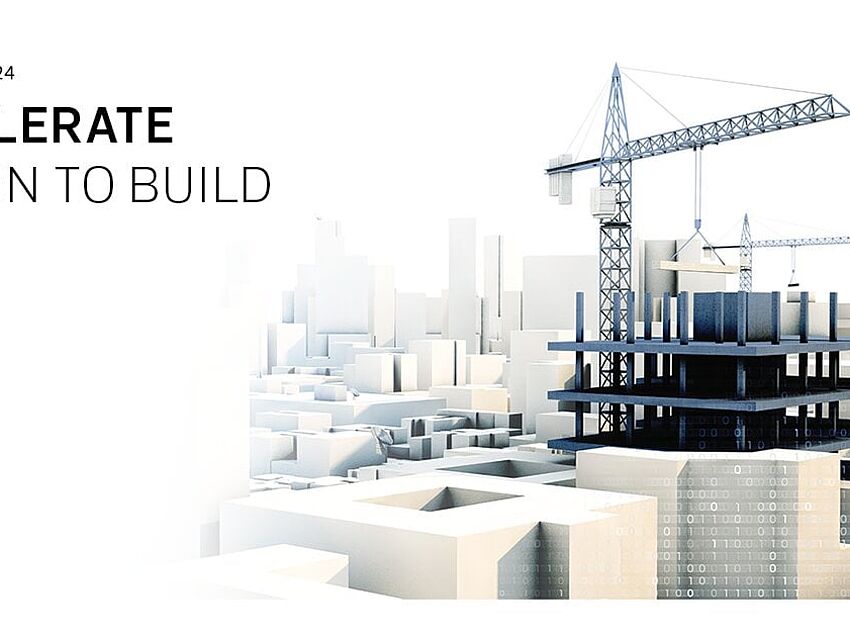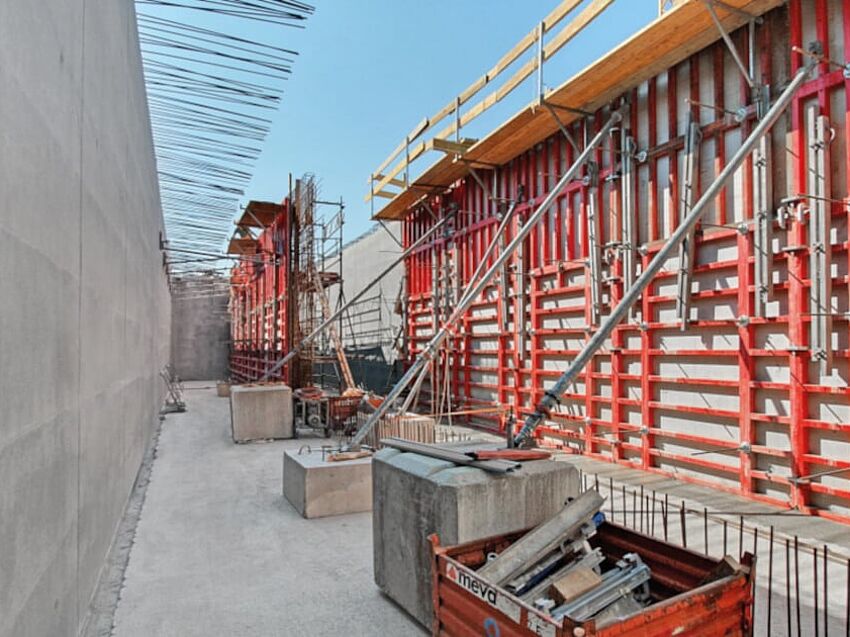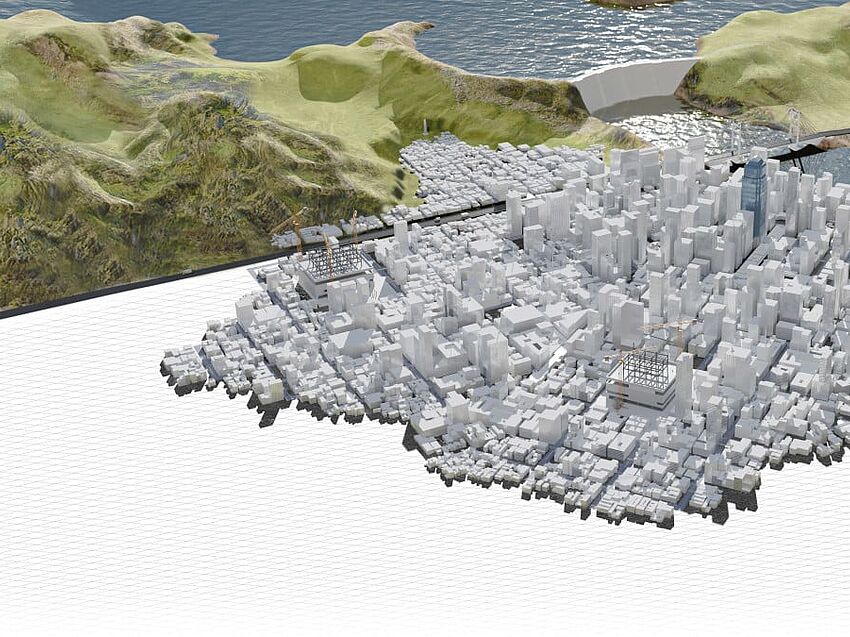Every professional in the architecture, engineering, and construction (AEC) industry is acutely aware of the need to decarbonize buildings and infrastructure. Yet sometimes, it is not always obvious what difference an individual can make, particularly when there are many people involved in the project. Here is how you can support sustainable construction projects on a personal scale.
Go Digital
The decisions made before a project is built are critical – they set the scene for the future carbon impact of the project, across the asset’s entire lifecycle. Whether you are an architect, engineer, or construction manager, you have an influence on the materials, construction methods, and management approaches chosen.
Choosing the right digital solutions is a good start. Digital methodologies such as Building Information Modeling (BIM) have the potential to make a significant contribution towards achieving sustainability goals. Their value lies in the data-driven decision-making that they enable – and not just for the design stage of a project. Thermal performance can be simulated with different materials, clashes between building elements or phases can be identified early, or site layouts can be meticulously planned in advance, all of which helps improve performance and reduce wasted materials.
Using digital tools isn’t always an obvious choice when considering how to reduce your environmental impact. However, the sustainability benefits of BIM extend throughout the entire building life cycle, making it a valuable tool for delivering on climate action targets.
Go Beyond Materials Specification
Ensuring the materials used in a construction project are sustainable – in both their manufacture and performance – can help minimize the upfront carbon impacts. Whilst this is an important and necessary step, more can be done where materials are concerned.
For example, you can virtually simulate construction processes with different materials and installation methods to determine which materials and products are quicker or easier to install. In turn, this will lead to fewer emissions from construction plant and less time on site.
Materials can also be optimized for less waste and material usage with BIM based modeling tools. Many different design variants can be generated with the BIM model so that the optimal geometric configuration can be used, reducing the volume of materials such as concrete and reinforcement. Additionally, intelligent components can be designed for off-site manufacture and assembly (DfMA). By considering aspects such as geometry, the number of components, unnecessary features, and the manufacturing process early and adjusting the design, the manufacturing, transportation, and installation of a component can be made much simpler, saving both materials and energy.
Another approach is to avoid future embedded carbon by maximizing which materials can be reused at the end of a building’s or asset’s lifecycle. Careful planning at an early stage can ensure the circularity of materials, which helps conserve resources by reusing them at a later stage. Where materials cannot be reused, choosing products which can be recycled is an alternative.
Go Modular
Choosing modular construction and prefabricated building systems – or industrialized construction – is another way to support sustainable construction. Automated production processes can be used to manufacture modular, prefabricated, or precast concrete components offsite, which greatly reduces the carbon footprint of construction activities.
As buildings are quicker to construct using modular methods, construction durations are reduced. In turn, this leads to fewer emissions and less pollution, dust, and noise on site. In addition, some sites have been able to significantly reduce their waste sent to landfill by using modular components.
If using precast concrete components, often precise manufacturing data in a format that fabricators and manufacturers can use is required. BIM enables this data to be produced directly from the model, so there is a seamless flow of data from the design direct to the manufacturing machines. BIM tools can also help manage the entire precast manufacturing, delivery, and assembly process to help projects avoid waste and improve efficiency.
Small Decisions, Big Impacts
There are a myriad of ways that an individual can help support sustainable construction and decarbonization – and these are just the tip of the iceberg. For more inspiration, download our whitepaper, "Green BIM – Digital Solutions for Sustainability".




